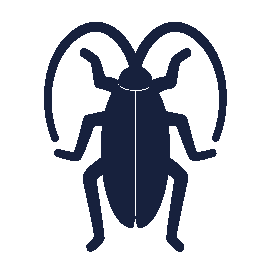
COCKROACHES
Did you know that cockroaches can produce more than 300 eggs in their short life span? So, if you see one cockroach, there are likely many more you can't see. And once they start reproducing, it's impossible to stop without professional help. They also spread diseases like E-coli and salmonella.
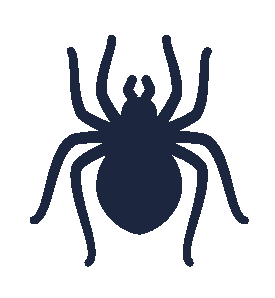
SPIDERS
Wolf, Hobo, Yellow Sac and Black Widow spiders are quite common in Utah. Some are harmless and are just nuisances, while others can actually be fatal. In fact, the Black Widow is considered the most venomous spider in Utah. Just one bite can affect the victim's nervous system.
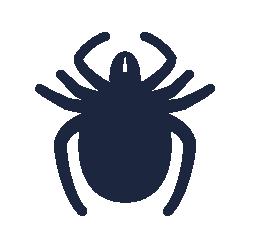
FLEAS & TICKS
Fleas are transported on the fur of rodents and other mammals, with the ability to jump up to eight feet in the air. They can transmit the bacterial disease murine typhus to humans and their saliva can cause a bad flea allergy dermatitis in pets. Ticks can carry the bacteria that causes Lyme disease.
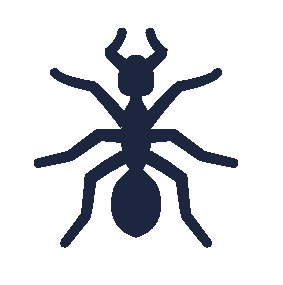
ANTS
No one wants to have ants in their home. They are a nuisance, they get into your food, and they can cause damage within your walls. In general, poor sanitation is the top cause of ant infestation. It may start off with a few foragers but ants can become a much bigger problem if they establish colonies in walls, lawns, or under your home's foundation.

SCORPIONS
Scorpions hide during the day and are most active at night. While they feed mostly on insects like crickets and cockroaches, they can survive for months without food if they at least have water. Their favorite sites to hide are around wood piles, trash and debris.
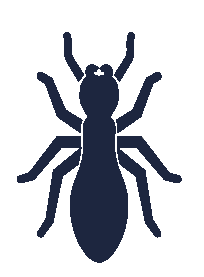
TERMITES
Letting termites get out of control inside your home can have devastating structural and financial effects. Signs of termite infestation include:
- Sagging floors and ceilings
- Water damaged areas
-Traces of dust
-Piles of wings
Call us before it gets out of control and we can help!
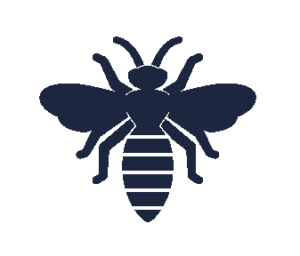
WASPS & HORNETS
Wasps are stinging insects closely related to bees and ants, comprising several different species, such as hornets and yellow jackets. Wasps are solitary insects, unlike their close relatives, bees and ants who are known to build complex societies. Wasps are attracted to your home due to food sources such as open trash cans. Removal of wasp nests often requires a careful and multi-step approach.
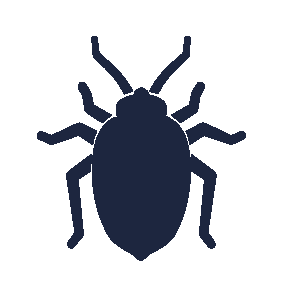
BED BUGS
While bed bugs don't transmit disease, they do bite skin and cause itchy reactions. You'll know you have bed bugs if you see small spots of blood on your sheets or notice bed bug feces or cast skins. Bed bugs multiply quickly. In just six months, a few bugs can turn into an infestation of 13,000 or more.

EARWIGS
Earwigs are helpful in that they prey on aphids; however, they can destroy plants extremely quickly, damaging seedlings, flower petals, soft fruits, and corn silks. Earwigs are nocturnal and like to hide in small, moist areas during the day. At night, they feed on a wide spectrum of insects and plants.

RODENTS
No one wants to see a rat or a mouse scurry across their kitchen floor. Whether you own a home or a restaurant, rodents can signal unsanitary conditions and the situation must be addressed immediately. Let our qualified team rid your home or business of these four-legged critters. Rodent control should only be performed by a licensed and trained professional. Proper preparation is necessary for a successful eradication.
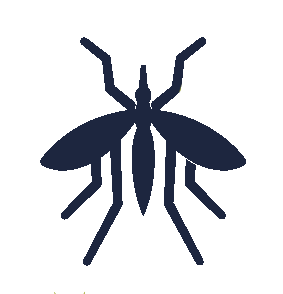
MOSQUITOS & FLIES
Mosquitoes lay their eggs in stagnant water, such as bird baths, dog bowls, gutters and even bottle caps. They carry deadly diseases, such as Zika and West Nile, which is why it's important to have effective mosquito control practices in place. Fly infestation can also transmit diseases like salmonella or E. coli.
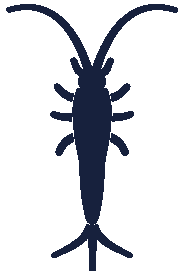
SILVERFISH
Silverfish feed on anything from books and leather to coffee and carpet. They also love sugar, paper, photos, cosmetics, wallpaper, hair, carpets, cotton clothing, and starches, and they are attracted by dark, moist, damp areas. This means you'll often come across them in your kitchen, garage, attic, basement and inside containers.